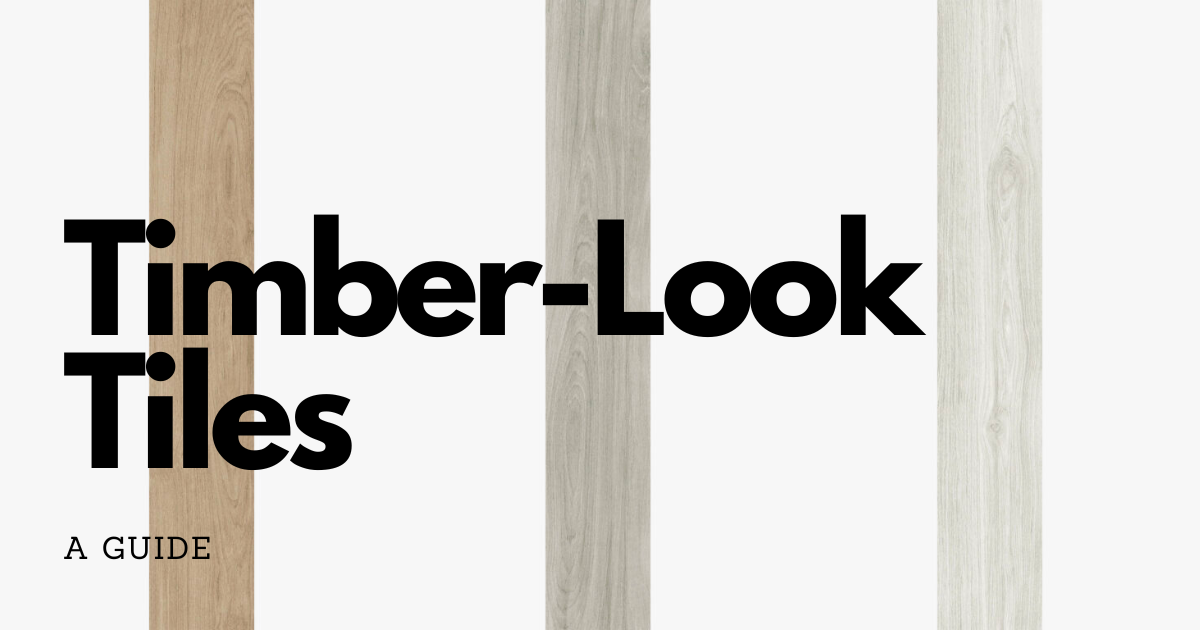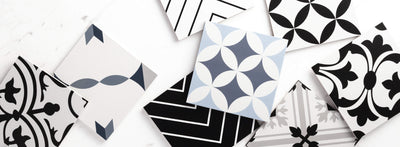Unless you’ve recently been shopping for tiles to install in your home, you may not know how much the market has expanded in recent years. Due in a large part to the advances and capabilities of modern technology, there are now many different options available to home renovation professionals and do-it-yourself consumers when choosing the right tools for your home. Timber-look tiles, for example, have made a significant impact in the market, allowing homeowners more choices than ever before when it comes to achieving the look that they want.
Homeowners looking to give their bathrooms, kitchens, or any room where they desire a rustic, natural outdoors-inspired atmosphere are using timber-look tiles more than ever. Tile manufacturers now use computer-aided design (CAD) combined with the latest scanning and printing technology to replicate specific types of wood, such as Maple, Korina, Mahogany, and more, to get the particular grains, lines, and knot formations as close to the real thing as possible for a beautiful finish.
Continue reading to learn more about timber-look tiles, what you need to consider and how you can achieve the look that you want.
Basics of Tiles
Before jumping into the specifics of timber-look tiles, it’s important to be aware of the other types of tiles that are available so you can make the right decision for your next interior design project.
Ceramic Tiles: Because of their versatility, these tiles lead the field in terms of their suitability for many applications. These are a great solution for the bathroom, kitchen, and foyers, as they offer durable protection against moisture, stains, and damage compared with other raw materials like carpeting, wood, or vinyl flooring.
Porcelain Tiles: These heavy-duty tiles contain a high ratio of silica and quartz, and buyers should expect to pay more for the durability offered when compared to red ceramic-based choices. Installation is more complicated and may require a wet saw for specific cutting to fit most applications. However, the expense and complexity are justified when you judge the end results.
Granite Tiles: When waterproofing and stain proofing are important, look to granite for premium countertop installation in the kitchen and bathroom. Also highly protected against cracks and chips, any area used for cooking is well-suited for granite. Granite also makes an ideal, albeit pricey, option for flooring and offers the very best when it comes to quality and toughness.
Stone/Marble Tiles: For those seeking a majestic, premium tile installation offering the most realistic look and feel should consider stones such as granite, slate, marble, and limestone. Whichever option you decide to install, if you want to reach the pinnacle of tiling for interior or exterior use cases, including pools, patios, and hot tubs, stone/marble tile is unmatched both in terms of aesthetics and durability.
Why Not Use Real Wood?
While genuine timber flooring is still quite common and appropriate in many scenarios when you objectively consider all the factors for each installation, wood may not be your top choice for many reasons, including some of the following:
Cost: Depending on the grade and amount of timber you’ll need to complete your project, the initial expense of the materials alone may be prohibitive. Availability and transport to your location may factor in, not to mention cutting and processing to fit and preparation of the wood for installation. Don’t forget the ongoing maintenance required, including sealing, polishing, repairs, varnishing, etc.
Environment: Wood doesn’t lend itself to all installation scenarios. High moisture/humidity areas, in particular, may not be the best choice, even though it does provide the most authentic, rustic experience. For example, a bathroom that sees a fair amount of use may need frequent maintenance to avoid long-term degradation of the timber from humidity.
Timber-Look Tiles
Are these tiles the perfect substitute for wood? You may be shocked when you get a firsthand view of how realistic these designs look in the many shades and grains of wood they represent. Manufacturers are now “modelling” natural wood by taking digital photographic scans of the raw cuts of timber, including actual granular details, including the knots and fine lines, and then transferring that data into the various tile materials that are on offer nowadays.
The results of these modelling techniques mean that you can save thousands over the total cost that you would typically face when using actual natural timber, without sacrificing the visual appeal of your new project.
Benefits Of Timber-Look Tiles
In addition to the substantial savings you can enjoy, going with Timber Look tiling also offers many benefits such as:
Durability: In most cases, simple cleaning is all you need to maintain your tiles. No need to worry about scratches, moisture buildup, mould, or stains.
Sustainable: Using tiles instead of wood means less impact on the environment, less work for you in terms of maintenance, and less expense overall.
Installation: Installing tiles is a straightforward process for most homeowners and professionals. No sawing wood or cleaning up dust, no staining and varnishing. Simply pick your shade and type of wood style based on your desired style.
Choose Timber-Look Tiles For Your Next Interior Design Project
If you desire an organic, outdoors-inspired style that provides a spiritual back-to-nature feeling for your next bathroom or kitchen project while still coming in under budget, going with a Timber-look tile is just the option for you. While there are many other types of tiles that you can choose from, timber-look tiles are proving to be a popular option with homeowners nowadays due to their many benefits and excellent appearance.

